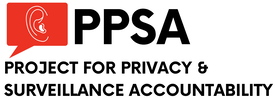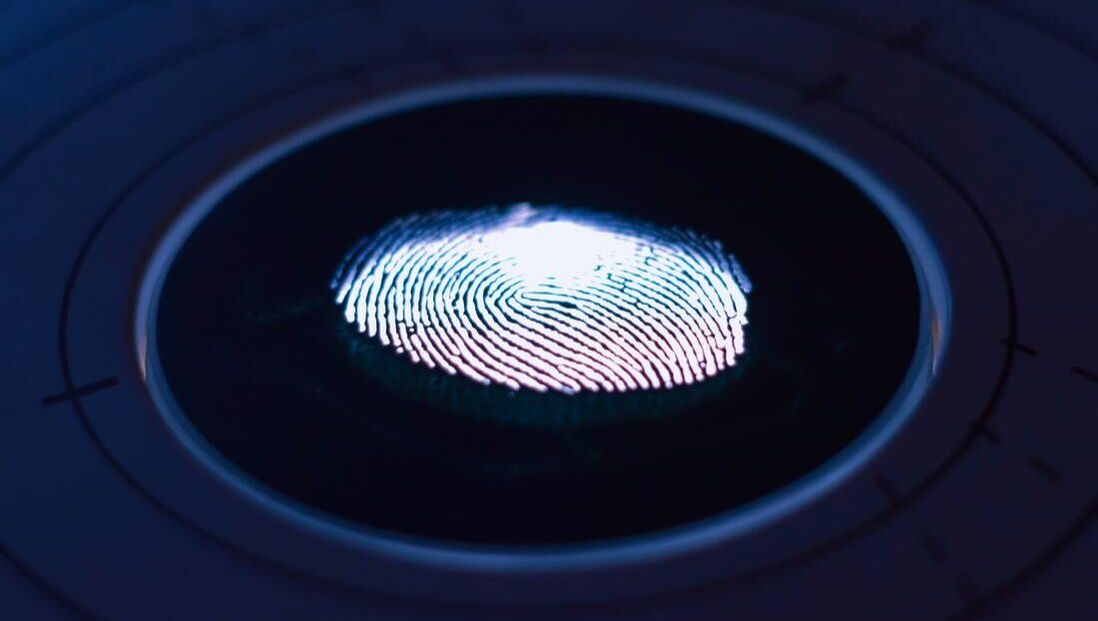|
Biometric data like fingerprints and iris scans are touted as the best and most secure tools for data protection and authentication. This is why so many government agencies, federal and state, are turning to vendors like ID.me to provide biometric identification. This seems sensible: Biometric data is personal and permanent. It is unique to each of us and cannot be changed.
These days, we often use either our face or fingerprints to access sensitive data on our devices. But new technologies are threatening to undermine the security of Americans’ biometric data. The patterns of your face, irises, and even fingerprints can now be stolen from a distance. In 2017, Researchers from Japan's National Institute of Informatics developed the capability to lift exposed fingerprints from photographs. The technology then worked up to ten feet away. Researchers claimed that modern phone cameras were by then powerful enough to capture the necessary fine details of a fingerprint. This means that nearly any photograph, like those on our social media profiles where fingertips are exposed, could be vulnerable. The technology has already been deployed against terrorist organizations, but it could easily be targeted against vulnerable groups or individuals with little recourse. Similar to the fingerprint technology, iris recognition software utilizes cameras to scan your personal biometric information. In 2015, researchers at Carnegie Mellon University’s CyLab Biometrics Center created recognition software that can scan and record data from a person’s iris up to forty feet away. One suggested use for iris recognition technology at a distance is for police traffic stops. By scanning a driver’s iris through rearview mirrors, a police officer could know the driver’s identity and history while still sitting in a cruiser. It doesn’t take a lot of imagination to see how this technology could be weaponized by cybercriminals. Also of concern is the degree to which biometric scanning is available for private use. In 2019, the popular social media platform TikTok began testing a feature in China that would allow users to search for content by scanning for people’s faces. Facebook already uses facial recognition software to automatically tag individuals in photos. These technologies have undoubtedly matured in the last few years. Bottom line: The patterns in our eyes and on our fingertips can be taken at a distance. They are no longer quite “ours.” Comments are closed.
|
Categories
All
|


 RSS Feed
RSS Feed